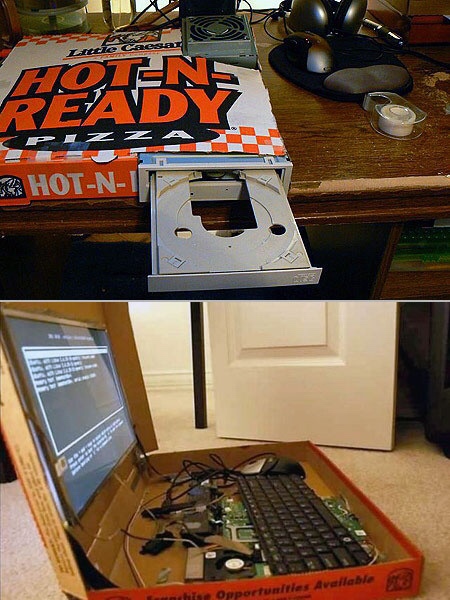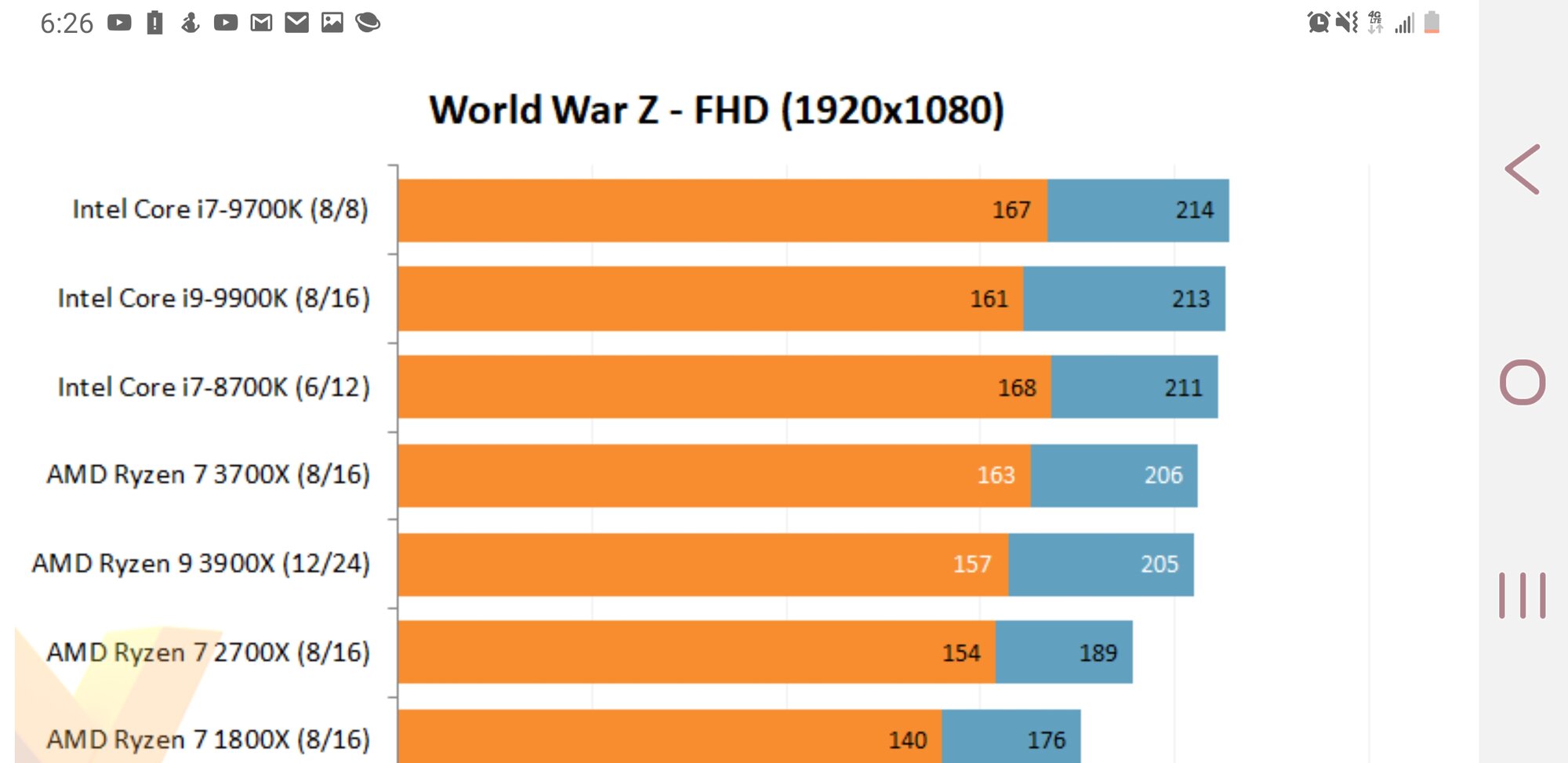primetime
Supreme [H]ardness
- Joined
- Aug 17, 2005
- Messages
- 7,338
lol i think my vcore just dropped and my idle temp went down lol by closing itSo apparently Corsair iCue is the key cause of the high-idle issues. What's interesting is that even on my 2700x system iCue is doing the same thing, for whatever reason people are just noticing this issue now. With iCue running it basically never allows the CPU cores to go into idle state and drop voltage. I've tested this on my system with the 2700x dropped in and the 3800x dropped in. Both stay stuck at the normal low-workload idle voltages of around 1.4v instead of dropping to below 1v.
Now, if you have decent cooling this doesn't matter much, but it's still not working the way it should.
I've looked at AMD's posts about other logging software causing the issues, but generally, I don't see HWINFO64 etc causing any of these issues. I can keep those running, and as soon as I force quit iCue from running in the background the problem goes away.
![[H]ard|Forum](/styles/hardforum/xenforo/logo_dark.png)






